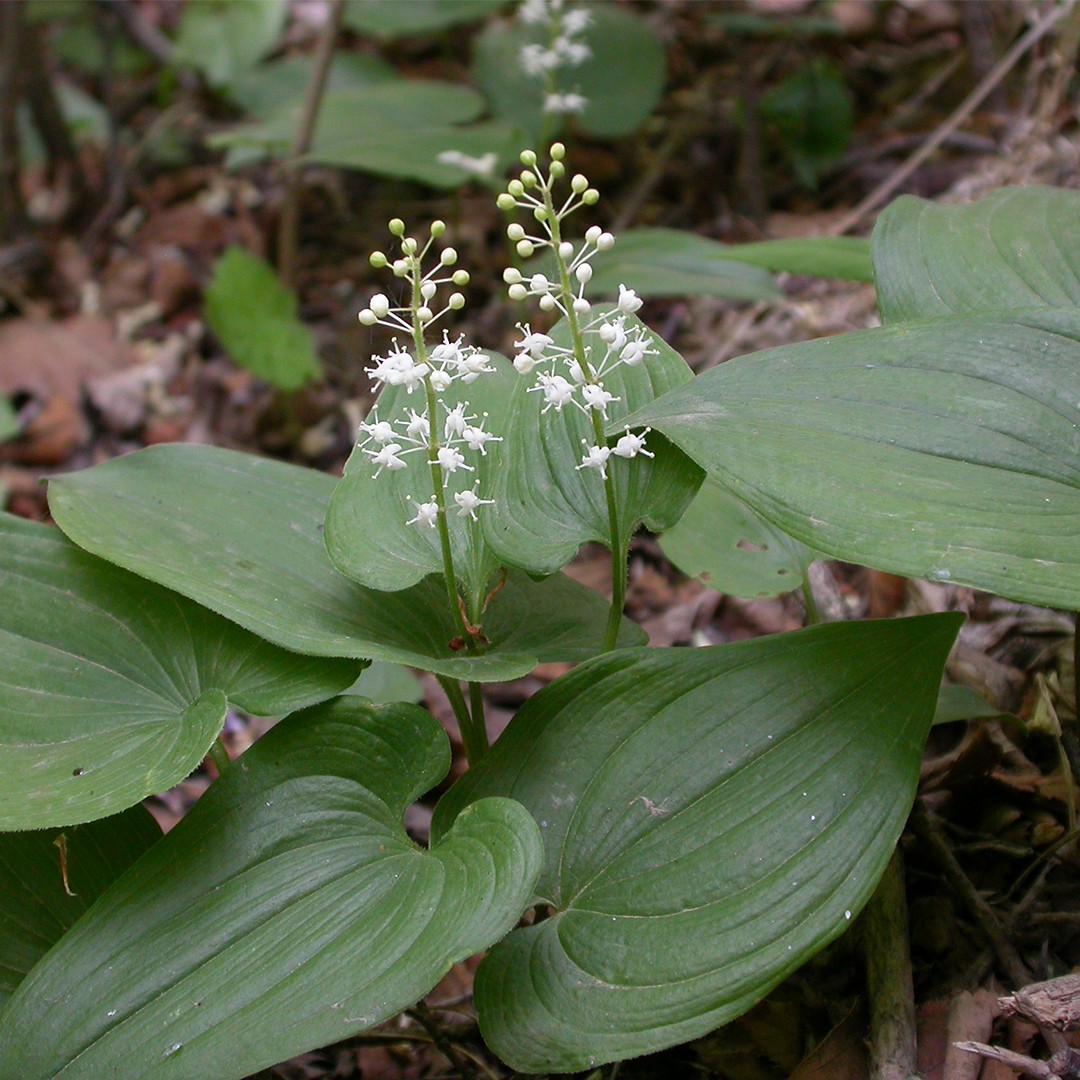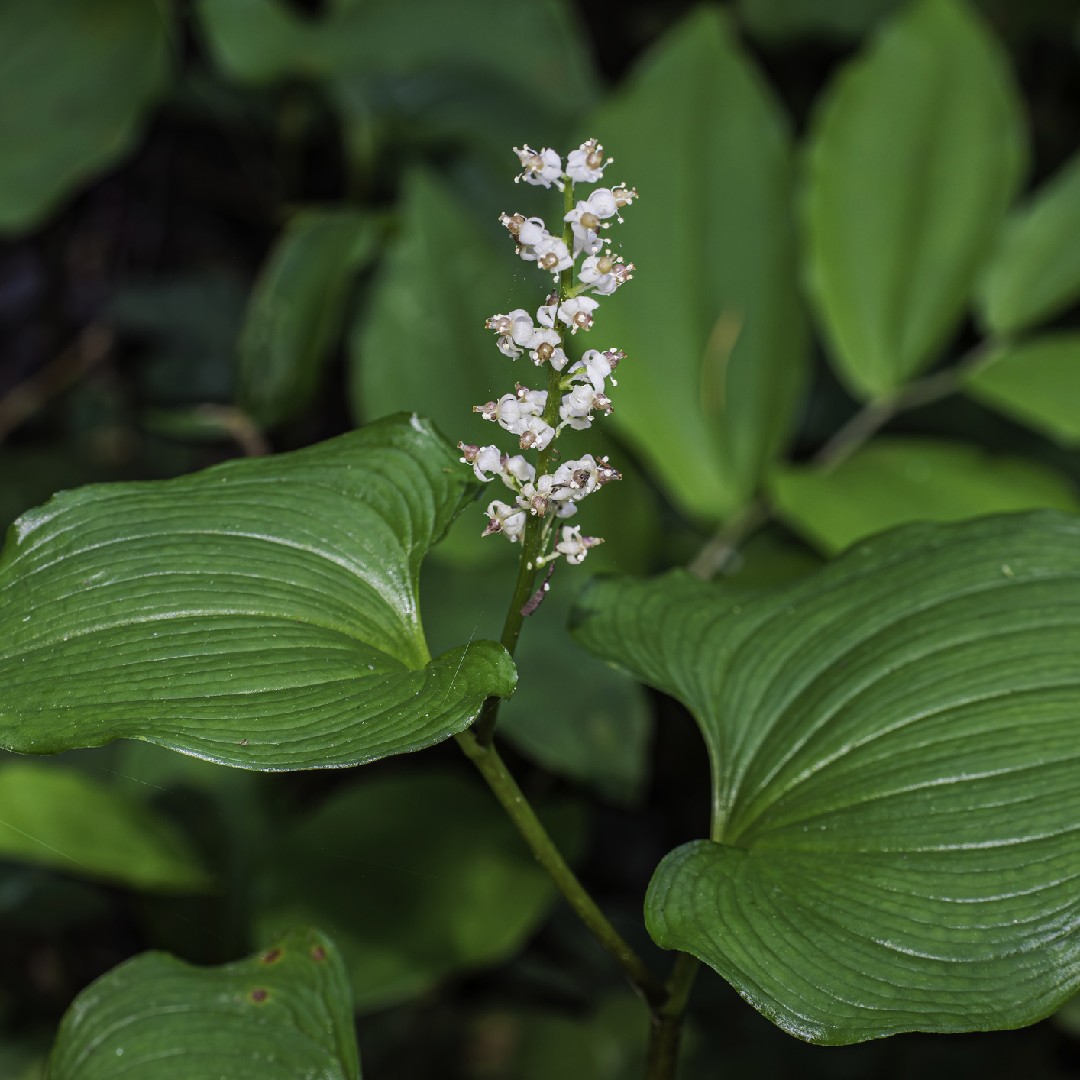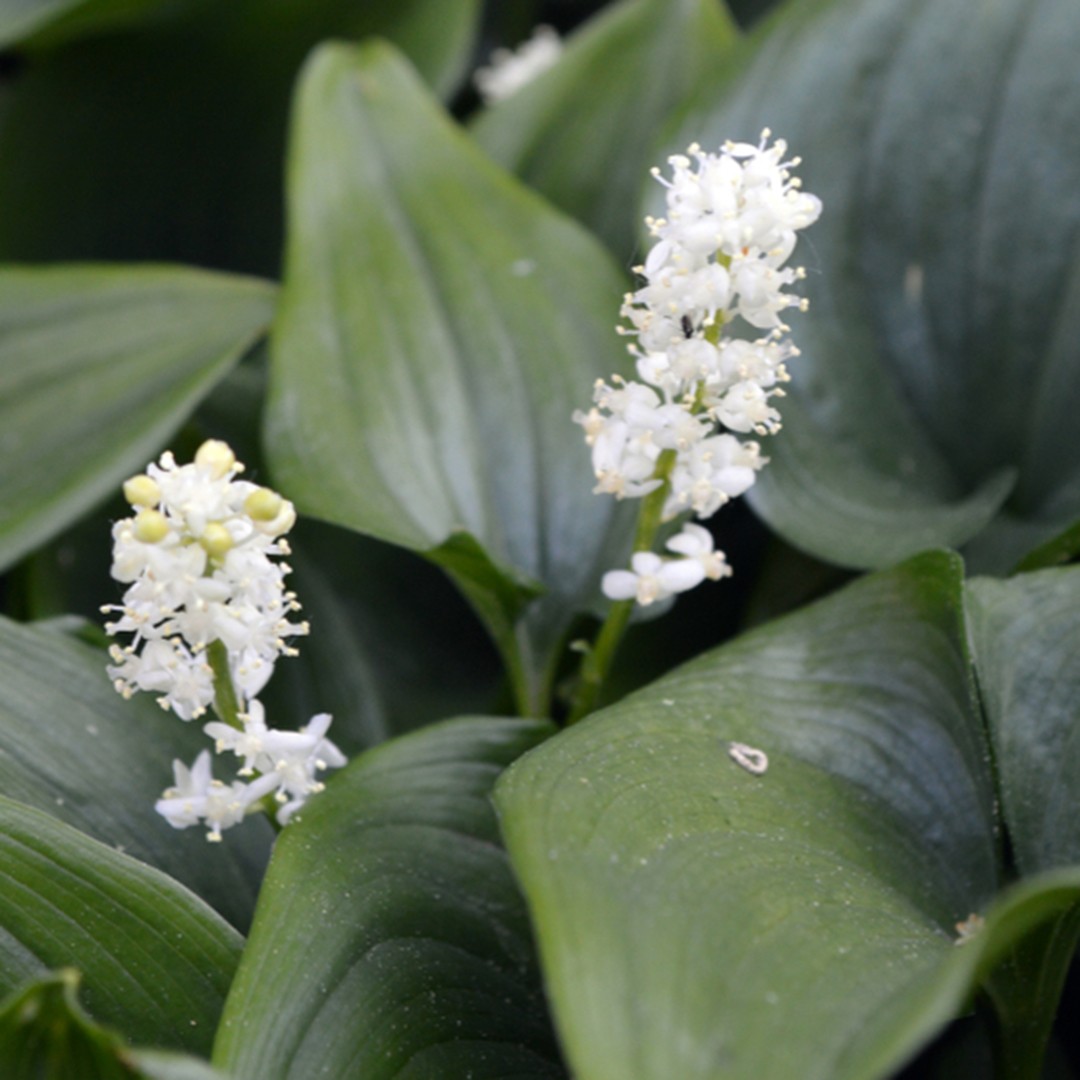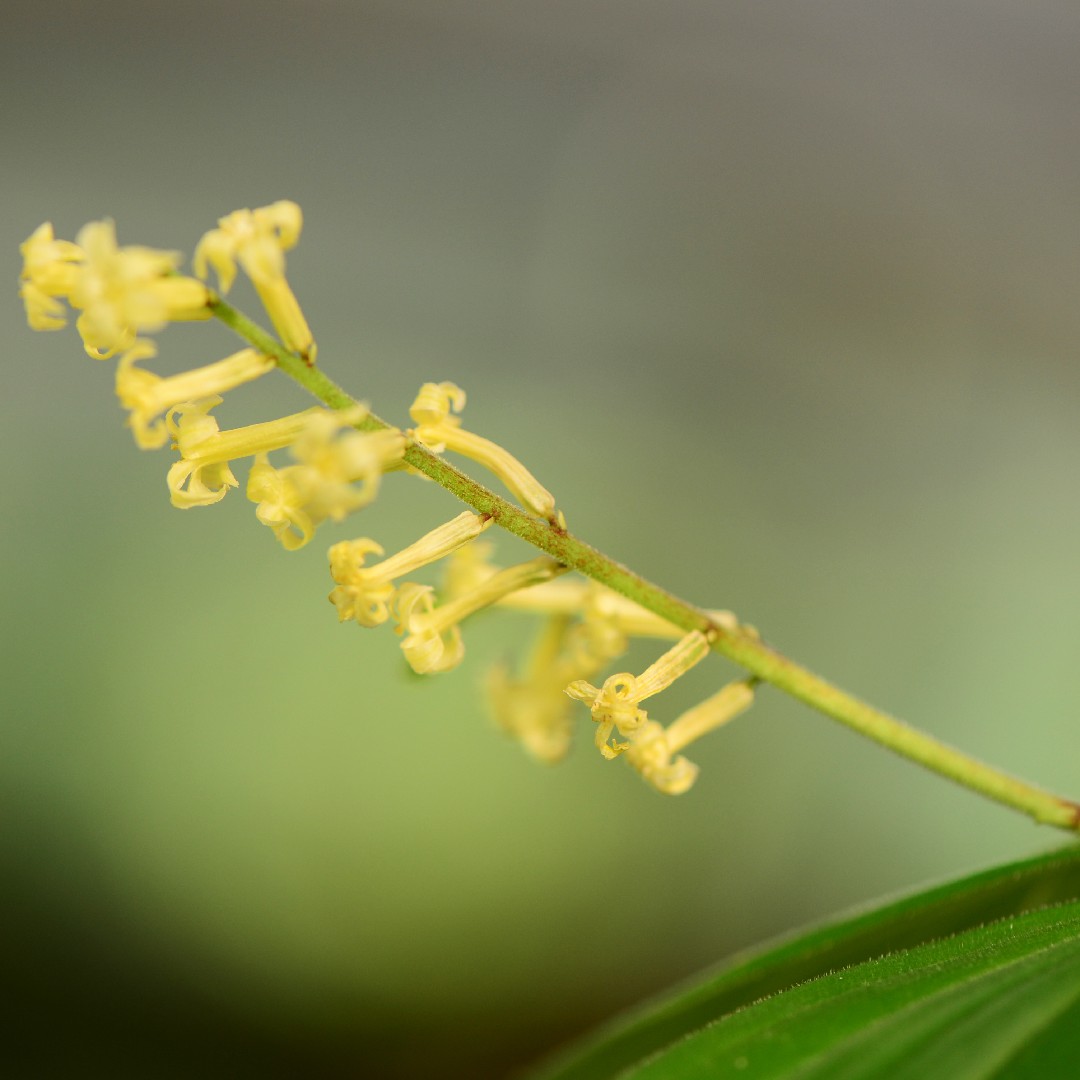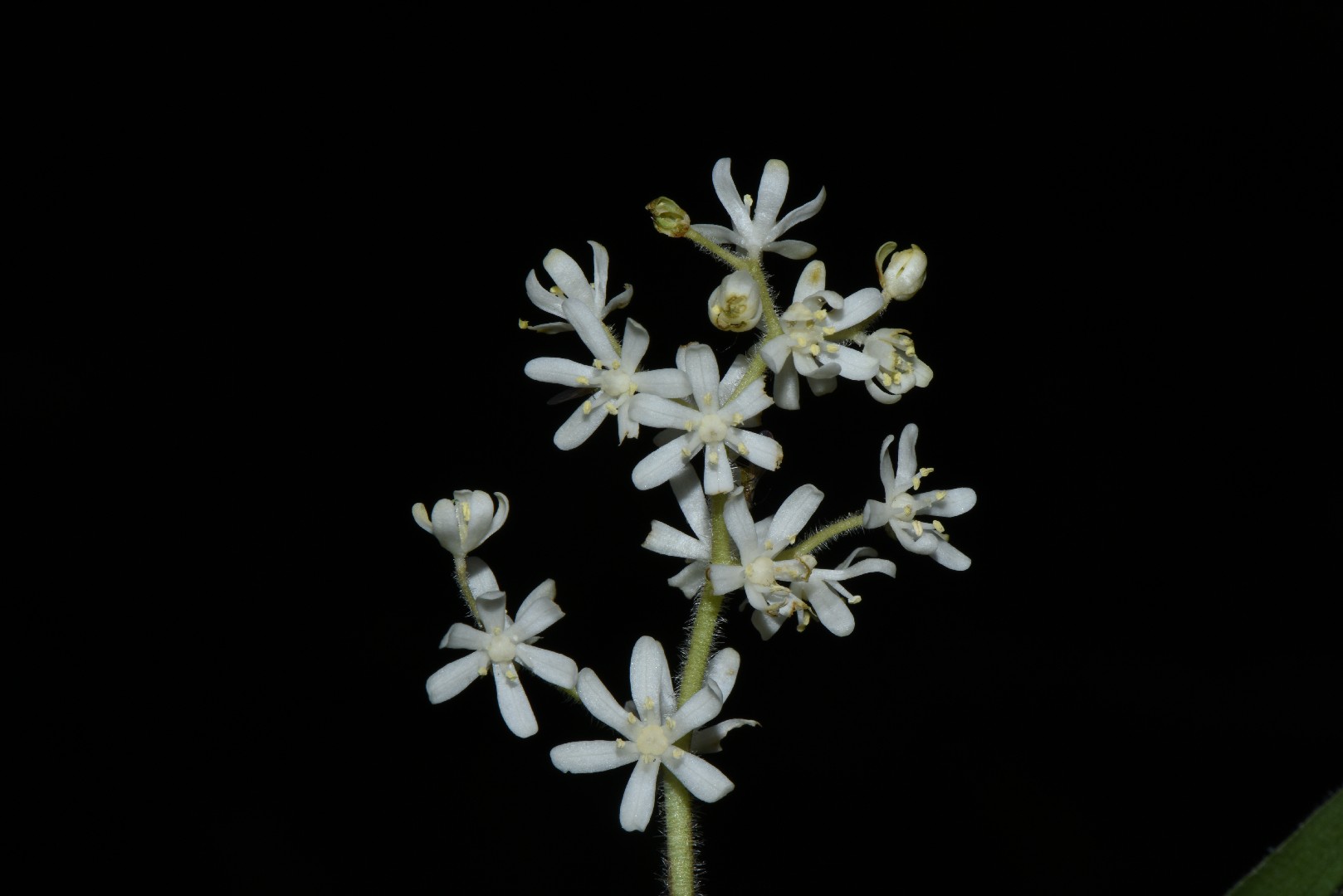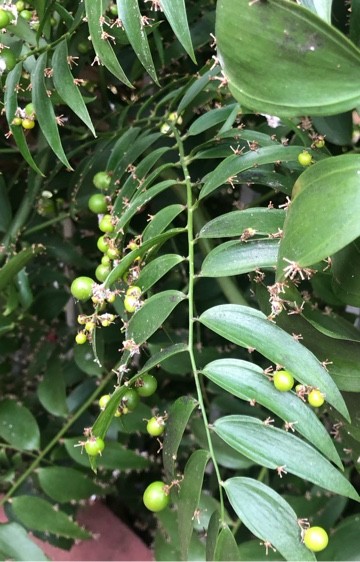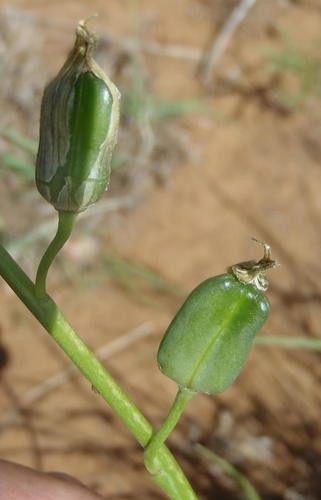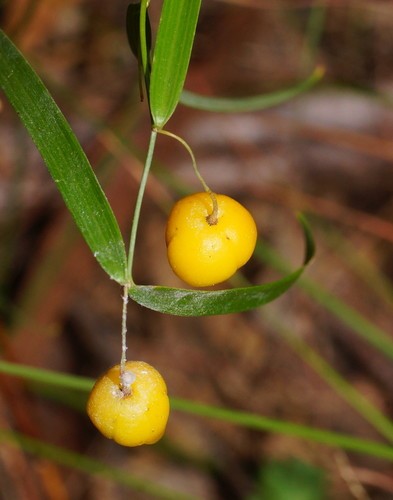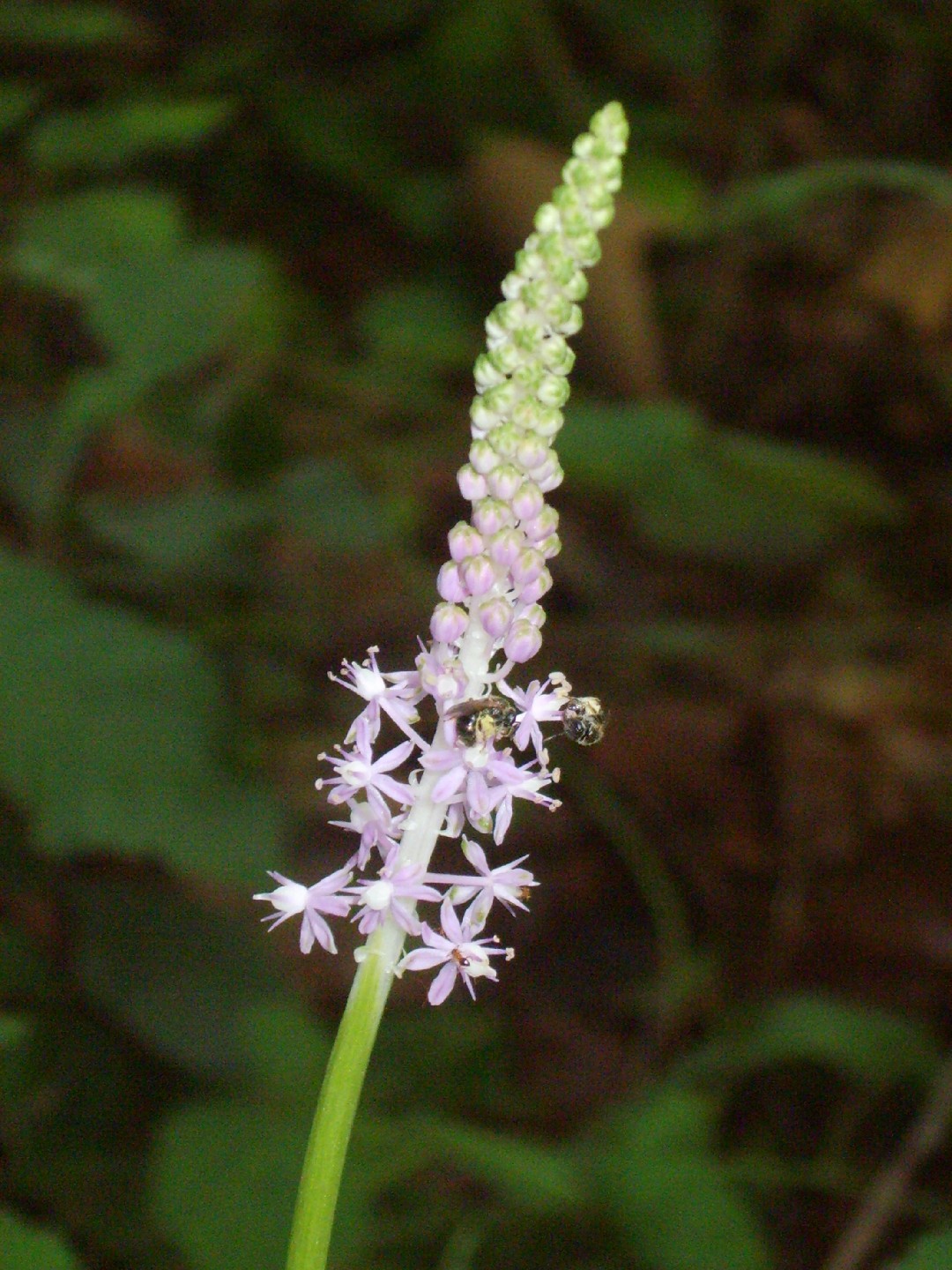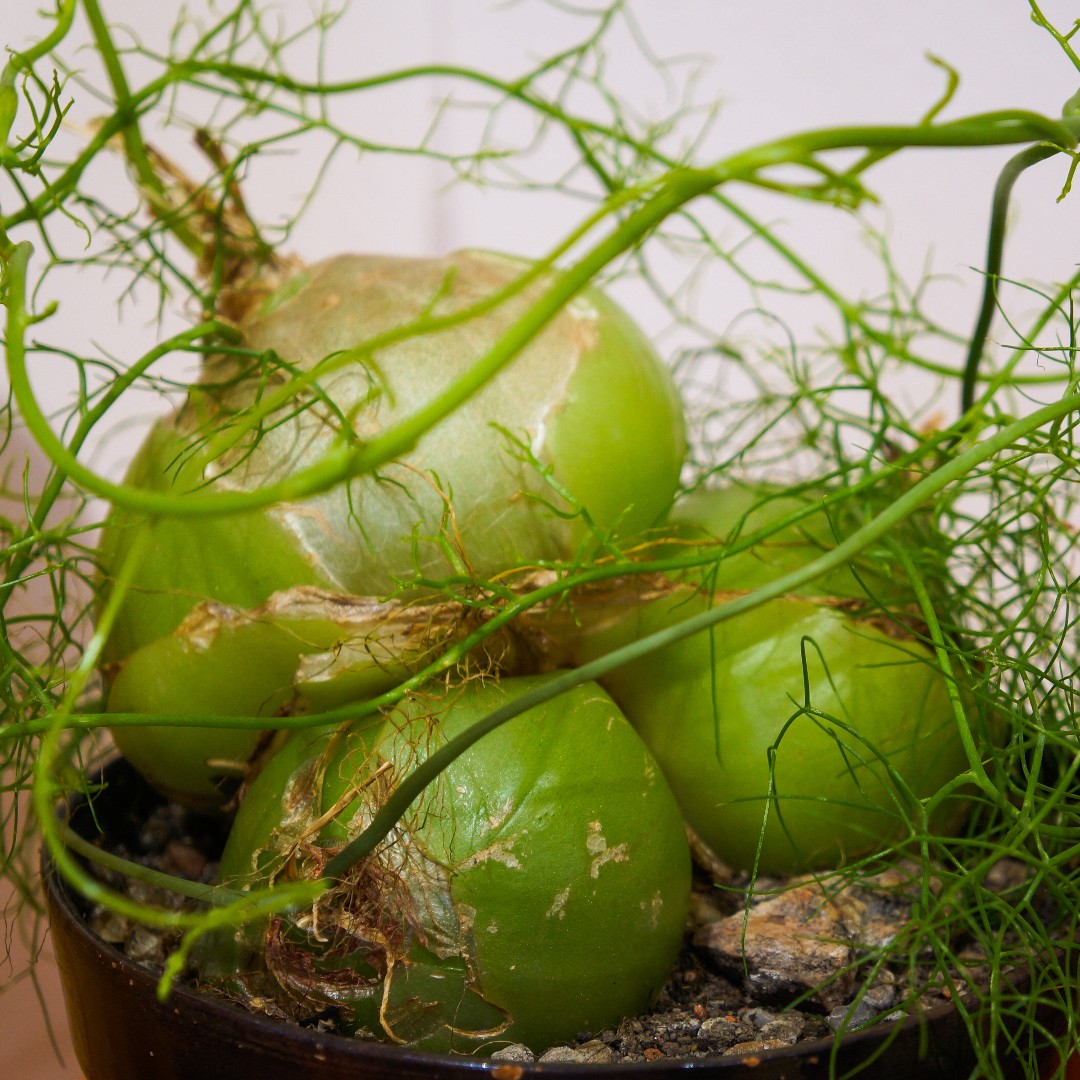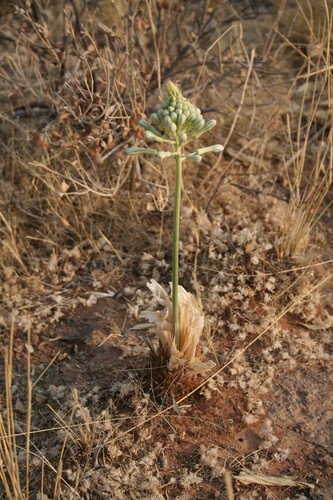![How to Propagate Maianthemum?]()
How to Propagate Maianthemum?
Propagation Type: Sowing, Division
Primary propagation methods for maianthemum include division, seed sowing, and, less commonly, cuttings. Key factors are a moist, well-draining soil, cool temperatures, and dappled light. Special considerations involve mimicking the natural stratification process for seeds and handling the delicate root system during division. Propagation difficulty is moderate; challenges lie in seed germination consistency and division delicacy. Recommended steps: 1) Collect ripe berries, extract seeds, and stratify. 2) Sow stratified seeds in moist soil. 3) Allow seedlings to establish before transplanting. Or, divide rhizomes in early spring, ensuring each section has roots and shoots, and replant immediately.




